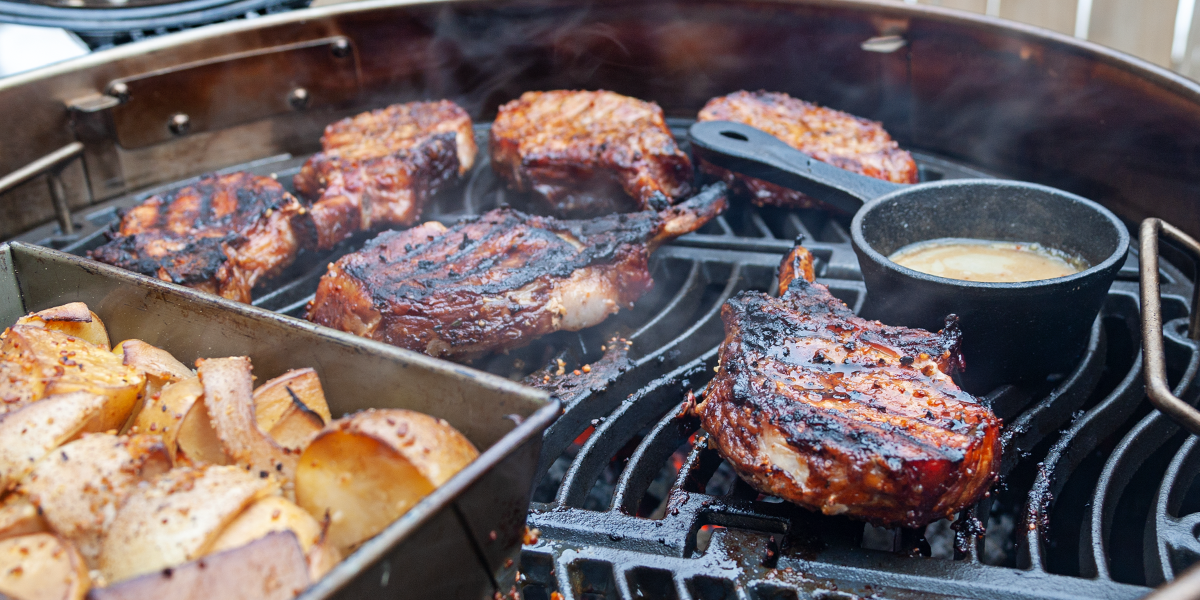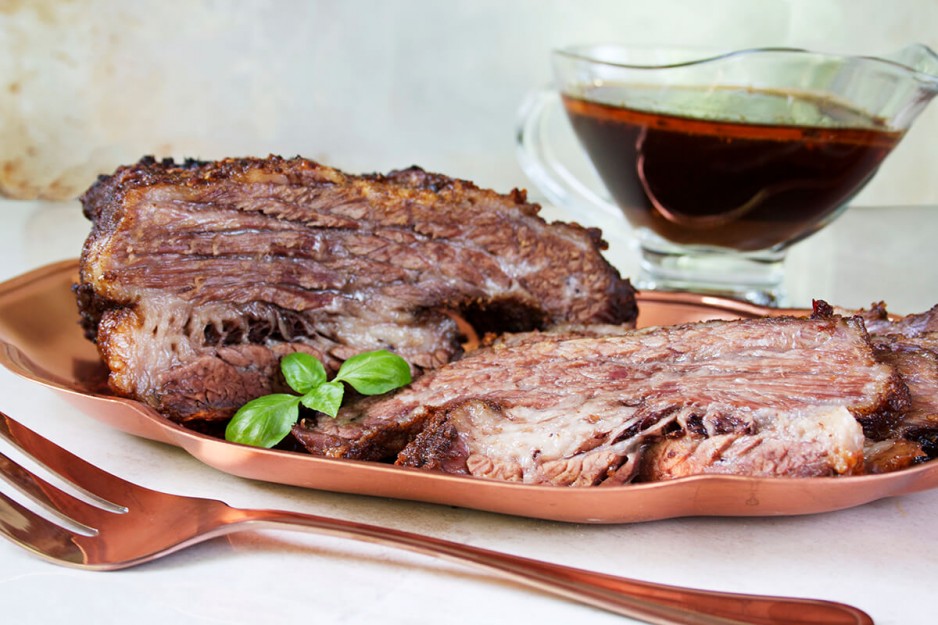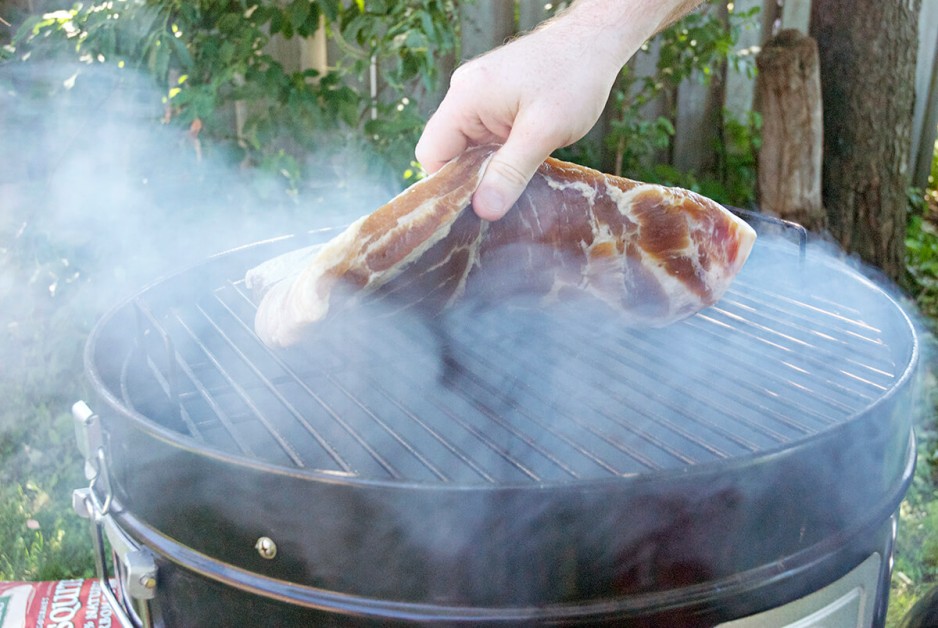
The Science of BBQ - Smoking Meat
Sure, you’ve tried the neighbor’s brisket, made something on your new grill using the smoker features, but do you know why it’s so delicious and tender? Using the Science Of Barbecue – Smoking Meat to be precise, we will tell you why it tastes so good.
Why Do People Like Smoking Meat?
There are several reasons why people love smoking meat. The first and foremost is because it tastes darn good! The other reason is that it's a preservation technique. This began centuries upon centuries ago when huts didn’t have chimneys and hunters would hang their meats to dry. Those meats nearer the smoke would preserve better than the dried meats that weren’t. And finally to add flavor, which also dates back to the ancient days when we began cooking meat on the fire. Think of smoking meat as almost like DNA memory. The scent of food cooking over the fire, the smell of smoke, triggers something rather primordial. Though that could just be a grilling enthusiast and confessed meat-a-tarian talking.
Don’t Chew The Fat; Melt It!
When you think about it, there are very specific foods that are smoked in preparation for consumption. Meats like ribs, brisket and pork shoulder to name a few. But really it’s any meat that benefits from a low and slow, long cooking treatment to get the best results. The thing these meats have in common is that they are full of connective tissue. This tissue is filled with collagen. Collagen, when cooked fast, contracts and gains the texture of a rubber band making your meat tough. But if you smoke or slow roast something, like a brisket, then the collagen breaks down and melts. While melting, water gets into this collagen, and creates gelatin, basically giving you meat jello, which makes your meal tender, juicy, and flavorful. Triglycerides, or meat fat, are saturated fatty acids found in meat. These fatty acids have high melting points. That means that when you are smoking meats at lower temperatures for longer periods those fats melt. This process is called rendering and it is integral to making your meat juicy and flavorful. It is also needed to produce delightful gravies and sauces for other dishes.
Rendering is what happens when fat melts slowly while you are smoking meat or cooking something long, low, and slow. The collagen breaks down and absorbs water, and meat fat melts into the meat fibers making things super tender.
Blowing Smoke Rings
This is all well and good, but that does melting fat and making tender briskets have to do with smoking meat? Smoking is the process by which we achieve the delightful meat jello and rendered fat. The smoke created from burning hardwood breaks down the cellulose in said wood. This cellulose turns into sugar, which caramelizes creating flavor. Lignin in wood changes into aromatics, which lend the smoky flavor to your food as well as play the role of a preservative by becoming a coating on the outside of meat that bacteria doesn’t flourish on.
When you cook any meat, the iron molecules oxidize and turn from red to brown in what is known as the Maillard Reaction When you smoke, instead of an abundance of oxygen molecules to turn your meat brown, you have carbon dioxide (CO2) and nitric oxide (NO). Instead of oxidizing the NO molecules bond to the outside of the meat leaving a beautiful pink ring, because the molecules just happen to be pink.
Bet you didn’t know that the secret to making your next meal the best you have ever had, involved all of this science stuff. But it does, and now you know it too. So apply this newfound knowledge and smoke yourself the best brisket ever, or make some bacon. You could even pull your pork if you wanted.


